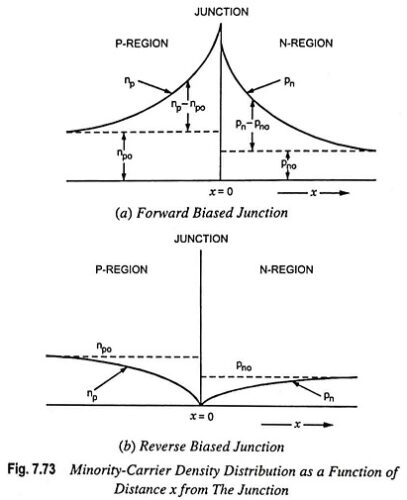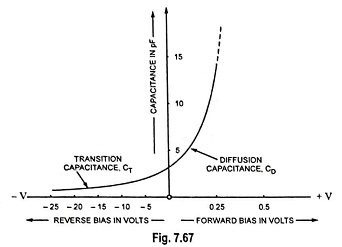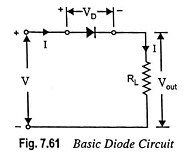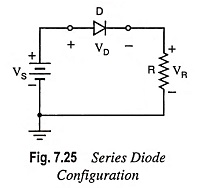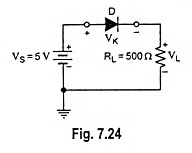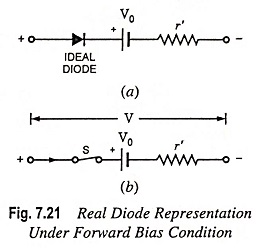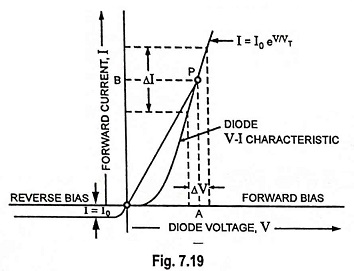PN Junction Diode Applications
PN Junction Diode Applications: An ideal PN Junction Diode Applications is a two terminal polarity sensitive device that has zero resistance (i.e., diode conducts) when it is forward biased and infinite resistance (i.e., diode does…
